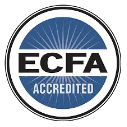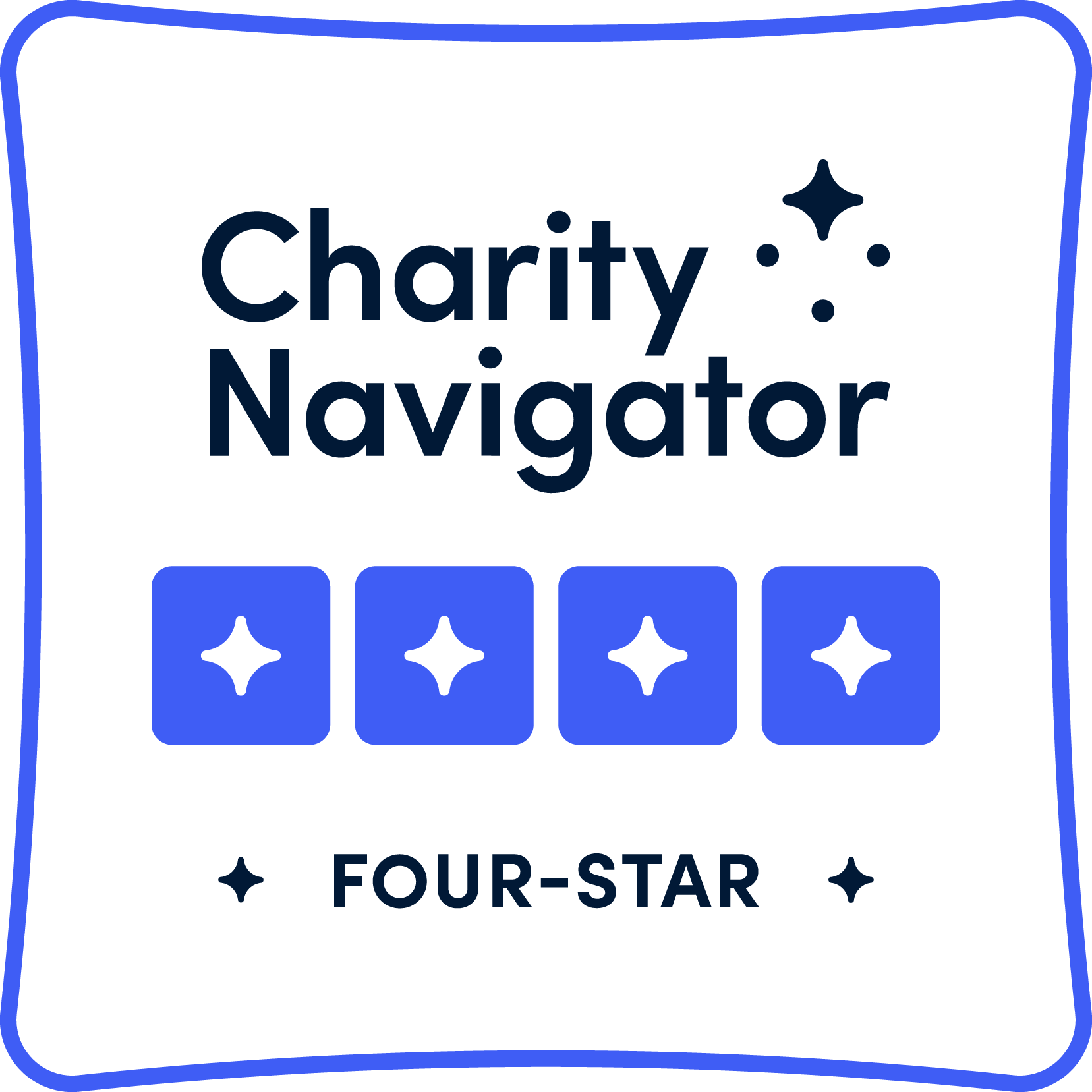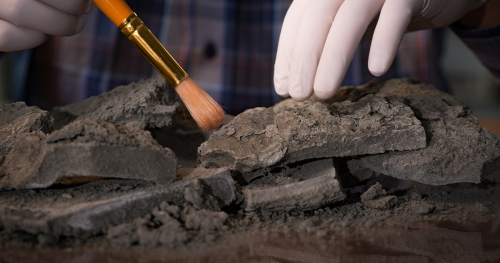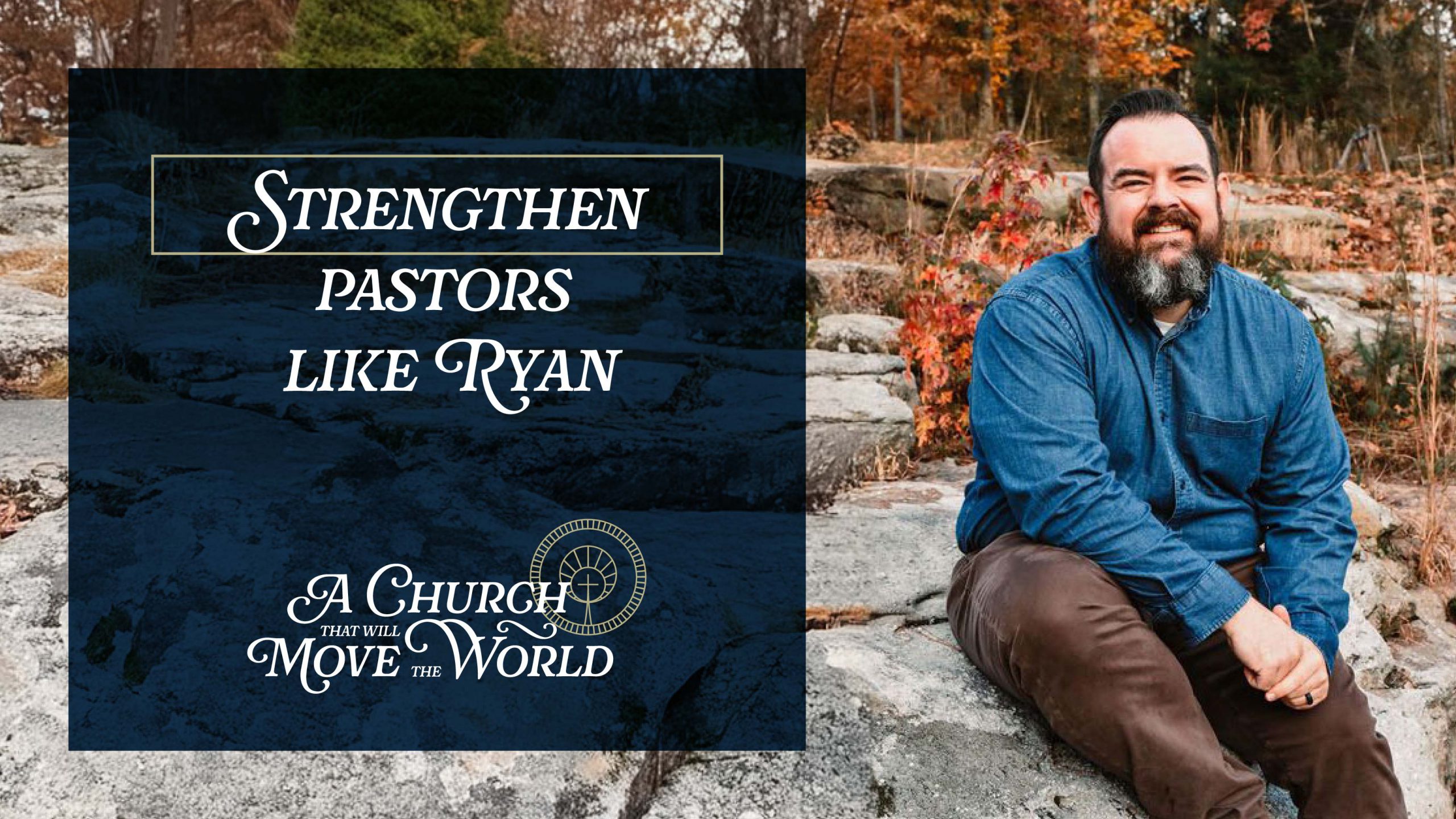

West Virginia vs. Canada on Protecting Vulnerable Lives
How intentional laws can value life.
01/10/25
John Stonestreet Jared Hayden

Contrary to what Canadian officials have claimed, the “safeguards” put in place for the nation’s “medical assistance in dying” (MAID) practice are not sufficient. Highlighting the province of Ontario alone, a report in the New Atlantis notes that hundreds of serious violations have occurred, but none have been reported to law enforcement.
In Ontario, the coroner’s office is responsible for monitoring euthanasia malpractice. Although Chief Coroner Dirk Huyer has boasted that “Every case is reported. Everybody has scrutiny on all these cases. . .,” physician whistleblowers have identified over 400 “issues with compliance,” ranging from patients killed who were not capable of consent to communication breakdowns with pharmacists providing the deadly prescriptions. For example, physicians are legally required to notify pharmacists about the purpose of the euthanasia medications prior to dispensation, but only 61% of physicians complied with this regulation.
More troubling are various reported cases of providers expediting euthanizing drugs to patients sooner than the legally required 10-day waiting period. In one case, euthanasia provider Dr. Eugenie Tjan administered the wrong drugs. When the patient did not die, the doctor had to administer different drugs to complete the assisted suicide. Huyer failed to report this, eventually admitting this was a “blatant” case of violating Canadian laws: “The family and the deceased person suffered tremendously.”
Also, according to the report, about one quarter of all euthanasia providers in Ontario have received at least one slap on the wrist response from the coroner’s office regarding a compliance issue in 2023 alone. According to national law, all reports should be opened as criminal investigations, but Huyer failed to report even one. Instead, he determined that all issues in question required only an “informal conversation” with the practitioner. Dr. Tjan, for example, received an email of warning and remains licensed.
Making this story worse is that medically assisted suicide is now the fifth leading cause of death in Canada. The failure to minimize and regulate euthanasia there only confirms fears long articulated by critics. In fact, anywhere some form of doctor assisted death has been legalized, predictions of “slippery slopes” have been realized. For example, 10 states including the District of Columbia, have legalized physician-assisted suicide since 1994. In at least five, restrictions and regulations around the practice continue to be loosened, leading to increased harm.
The good news is that it has been a few years since the last U.S. state legalized some form of doctor assisted suicide. Perhaps the only positive development of Canada’s quick slide down this slippery slope is that America has seen the horrors: what at one point seemed an inevitable march of our own, has slowed. Last year, in fact, West Virginia voters narrowly passed an amendment to proactively outlaw “medical assistance in dying” in that state. Among other things, the amendment recognizes that the state fundamentally exists not to give citizens whatever they want, but to protect the gift and right to life endowed by the Creator on all people, no matter how vulnerable. In this sense, West Virginia offers a useful model that other states can emulate.
Have a Follow-up Question?
Up
Next

Related Content

© Copyright 2020, All Rights Reserved.













